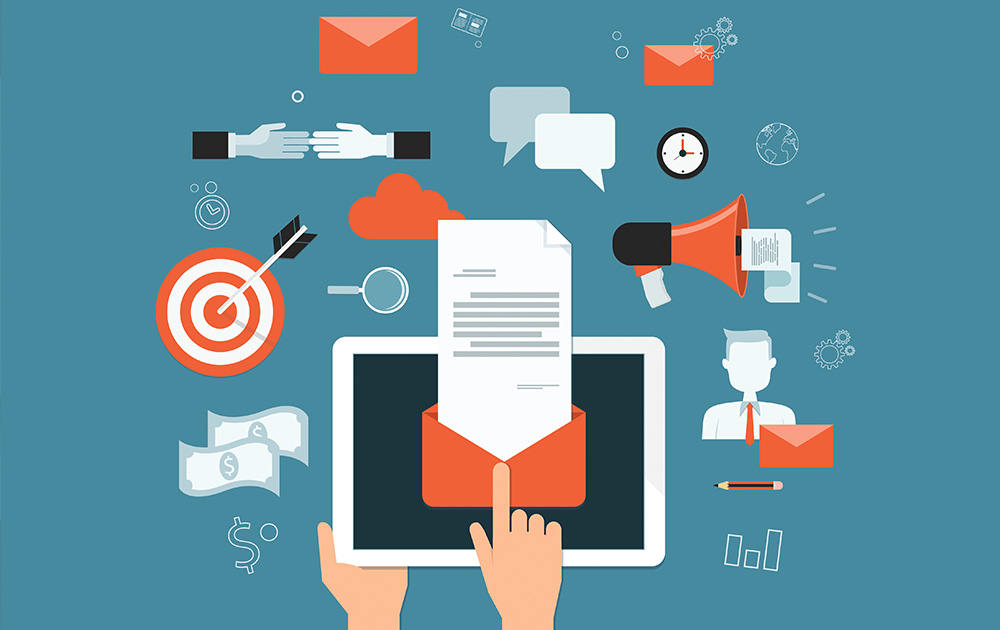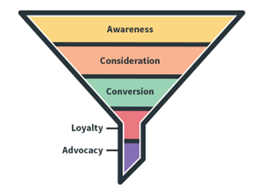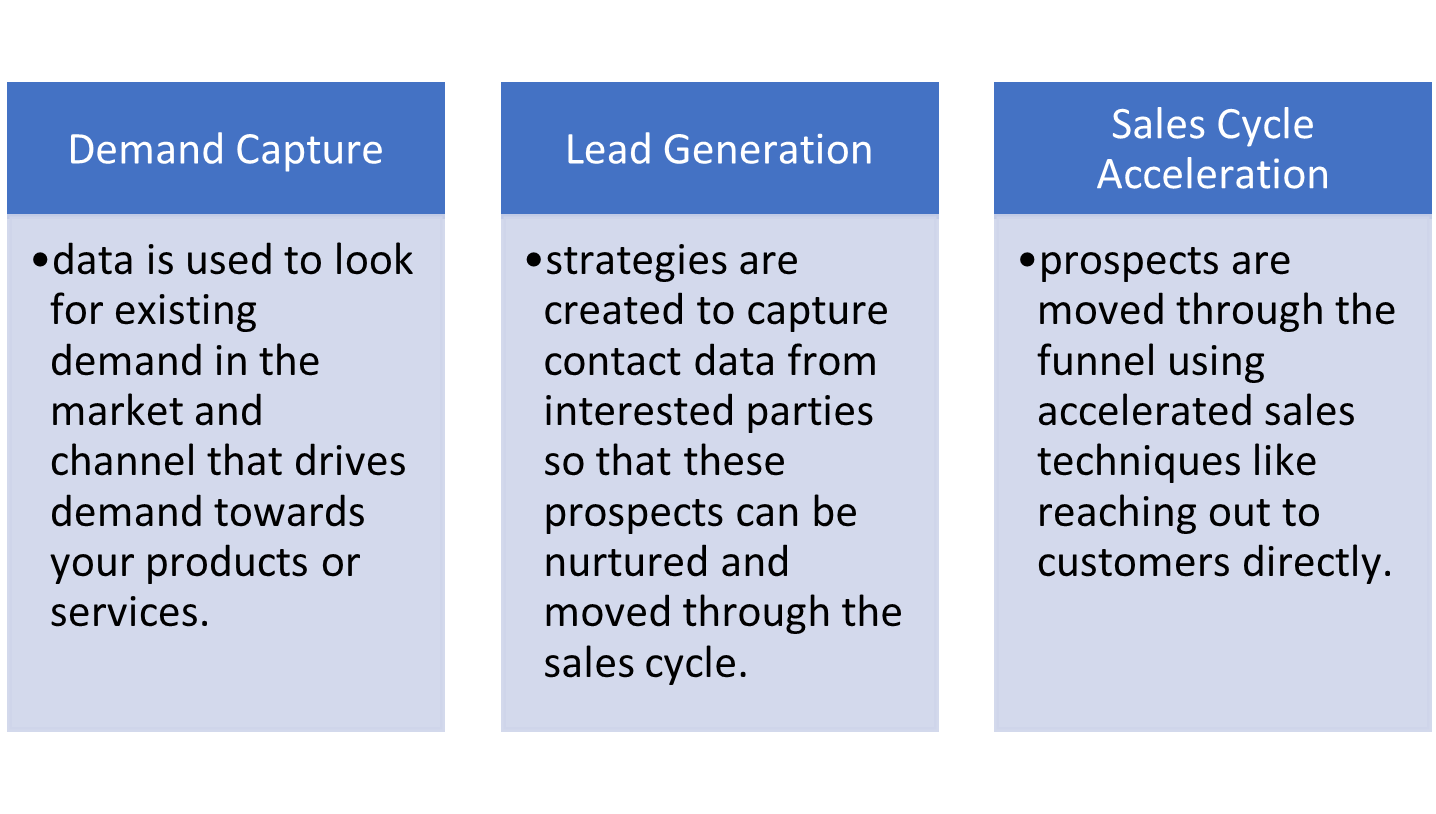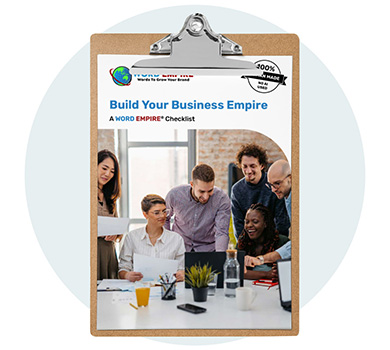The Ultimate B2B Demand Generation Strategy for Business

In a world saturated with branding, marketing, and advertising, it’s becoming increasingly harder for audiences to notice your B2B. This is why you need demand generation, a popular marketing strategy. Read our ultimate guide to B2B demand generation, a comprehensive resource on everything you need to know about demand generation.
What is Demand Generation?
Demand generation may sound like another description for a group of people like Generation Y and Generation X. But in fact, it’s a highly strategic marketing technique using data to help boost brand awareness and build brand authority. It involves every stage of the marketing funnel — from awareness of your brand’s product or service by a prospect to converting that prospect into a paying customer. Many of the world’s top brands from Nike to Amazon use demand generation to grow and expand their business.

The 3 Pillars of Demand Generation
Marketers have identified the following three pillars of demand generation. These are essentially tactics used to boost brand awareness and drive growth:
- Demand capture: data is used to look for existing demand in the market and channel that drives demand towards your products or services.
- Lead generation: strategies are created to capture contact data from interested parties so that these prospects can be nurtured and moved through the sales cycle.
- Sales Cycle Acceleration: prospects are moved through the funnel using accelerated sales techniques like reaching out to customers directly.

The Difference Between Demand Generation & Lead Generation
It’s easy to confuse demand generation with lead generation. Both marketing terms which have become part of the language of business. Though there are overlaps between the two and are even often used together, they are not the same. Simply put, demand generation is about generating demand for your product or service.
Lead generation is about generating leads from the audience who express an interest in your product or service. A demand generation campaign will focus on generating interest in your product or service while a lead generation campaign will focus on turning interested parties (prospects) into leads. You can run both campaigns at the same time.
Why your B2B Should Invest in Demand Generation
Your B2B (also applies to B2C) will benefit immensely from investing in demand generation as when done well, it brings in a great return on investment. Demand generation can help increase your conversion rates, get you better campaign results, and even qualify leads better before they get processed in the funnel. This helps identify the right personas and helps build better customer relationships from the early stage—nurturing stage. In addition, demand generation can help you target the right decision makers thus reducing much wasted time chasing the wrong people.
What Are the Key Trends in B2B Demand Generation?
Marketers and content creators have identified the following 8 key trends in B2B demand generation in 2023 which will no doubt continue in 2024:
Virtual Events
Virtual events like webinars, seminars, LinkedIn Live, and others witnessed a Renaissance during COVID and are still thriving in a post COVID world. They are more cost effective then in person events, require less planning and logistics and enable a wider audience participation on a global scale.
Tailored and Personalized Messaging
This is marketing and advertising that can take the form of text messages, paid retargeting ads and emails but has a personal touch. It speaks one-on-one to the customer most often addressing them by their first name. Audiences crave a more personal touch so it’s a trend that’s here to stay.
Intent Data
This is data that gives you insights into your consumer’s online journey at every stage of the funnel which is invaluable for gaining better understanding into their overall needs, wants and pain points.
Marketing Automation
This is all about using software to automate your marketing workflow, so your marketing runs smoother, and your messaging reaches your audience faster and more efficiently.
Fresh Content
Content continues to be ‘King’ (well we say ‘Emperor’) but in a content saturated world, your content must provide fresh perspectives to stand out. Incorporating storytelling and visuals like infographics, slideshows and video will also help you stand out. In addition, reworking old content and updating it will further help expand its reach.
Video Marketing
Video has been a huge trend for the past couple of years now and isn’t going away anytime soon as its highly interactive and enables brands to make a more intimate connection with audiences. Experiment with both short-form videos and long-form videos and see what your audience connects with more.
Building your Own Audience and Community
More brands have come to realize just how important it is to build their own audience and a community. You could have social media accounts with several thousand followers, but you don’t own these accounts. If they get shut down, you will lose your audience. So, the best thing is to build your own audience with an email list and make them feel part of a community by nurturing and engaging with them consistently.
Building Your Brand Identity
Building a strong brand will never go outdated and so you must continuously invest time in building a great brand which audiences will come to associate with credibility and trust. You do this both organically and paid but with digital marketing costs rising invest 80% on organic build especially at the beginning of your business journey and later invest in 20% on paid build.
Attract, Seduce and Engage: Three Demand Generation Best Practices
Aside from the above trends, marketers have also identified the following three vital best practices for generating demand. They can be likened to the traditional dating cycle: attracting a person of your interest, seducing them, and getting engaged. Pure romance!
Publish SEO Optimized Relevant & Mixed Content
SEO isn’t going anywhere anytime soon and all content your business puts out including video, audio and visual like images must be SEO optimized. This is what enables you to get to the top of relevant search results and in front of your target audience. Many brands still don’t properly understand SEO or are not investing in it enough when publishing content. Their content is being lost or not seen by the right people. Have a checklist in place for SEO and ensure that before any content is published your checklist is ticked off.
In addition, ensure you mix up your content and offer a variety of relevant and interesting content to your audience. You need to appeal to different consumption tastes. Software company Atlassian does an excellent job of mixing up content from the moment a visitor lands on the homepage. There is an introductory video, an infographic, and a downloadable guidebook. Remember content can be your brand’s greatest demand generating tactic when done well.
Collect Customer Testimonials and Create Case Studies
Customer testimonials and case studies both provide solid social proof that your brand is credible, and customers want to do business with you. B2B consumers are highly discerning and do their research and like to do business with people they can trust. So, it is a good idea to add testimonials and case studies on your website and even in some of your other marketing channels. A highly effective way to do these is through video. You can combine both case studies with testimonials. It’s not overkill when done well! Statistics shows that 79% consumers watch video testimonials and video case studies to find out more about a brand, product, or service.
Expand Your Reach with Influencers
In this digital age influencers and influencer marketing is fast gaining traction for both B2B and even B2C to expand their reach. Although it’s a relatively new term, the concept isn’t new. It’s been around since the earliest days of business and marketing when brands employed well known people to promote their brand.
Think of Nike back in the 80s and 90s using Michael Jordan to promote their apparel and Pepsi with Michael Jackson. Through working with such high profile celebrities these brands expanded their reach and their profits. This was all pre-digital. No doubt if it was now, they would have utilized channels like email marketing and social media. Through working with influencers, your B2B will reach new audiences and your brand’s presence will receive a boost.
Tip – Search Tribe one of the world’s largest platforms for finding influencers for brands.
As you can see B2B demand generation has many moving parts but if you just start with some of the tactics highlighted in this piece, your B2B will see great results. For more expert guidance Contact WORD EMPIRE®, the leading content and marketing experts for business growth and expansion.

